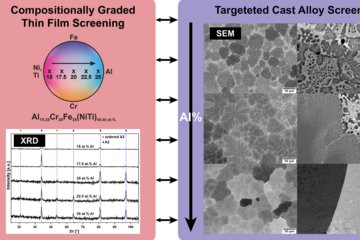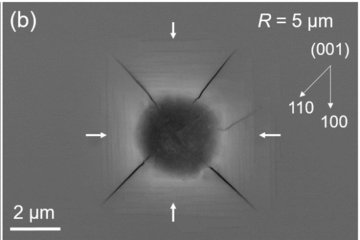All genres
1.
Journal Article
The mechanism of erosion-corrosion of API X65 steel under turbulent slurry flow: Effect of nominal flow velocity and oxygen content. WEAR 438-439, 203053 (2019)
2.
Journal Article
Theoretical Efficiency of Metallic Dispersion Coatings for Corrosion Protection at the Cut-Edge. Journal of the Electrochemical Society 160 (8), pp. C305 - C315 (2013)
3.
Journal Article
Release from silica SBA-3-like mesoporous fibers: Cross-wall transport and external diffusion barrier. ChemPhysChem 8 (1), pp. 188 - 194 (2007)
4.
Journal Article
Release of Guest Molecules from Modified Mesoporous Silica. Surf. Sci. Cat. 165, pp. 825 - 828 (2007)
5.
Conference Paper
Release of Guest Molecules from Modified Mesoporous Silica. 5th International Mesostructured Materials Symposium, IMMS2006, Shanghai, China, August 05, 2006 - August 07, 2006. (2006)
6.
Talk
Control of release by surface nanostructures. 5th Materialwissenschaftlicher Tag, Bochum, Germany (2006)
7.
Talk
Release of guest molecules from modified mesoporous silica. 5th International Mesostructured Materials Symposium, Shanghai, China (2006)
8.
Talk
Release of dye molecules from mesostructured microparticles. 104th Bunsentagung, Frankfurt a. M., Germany (2005)











